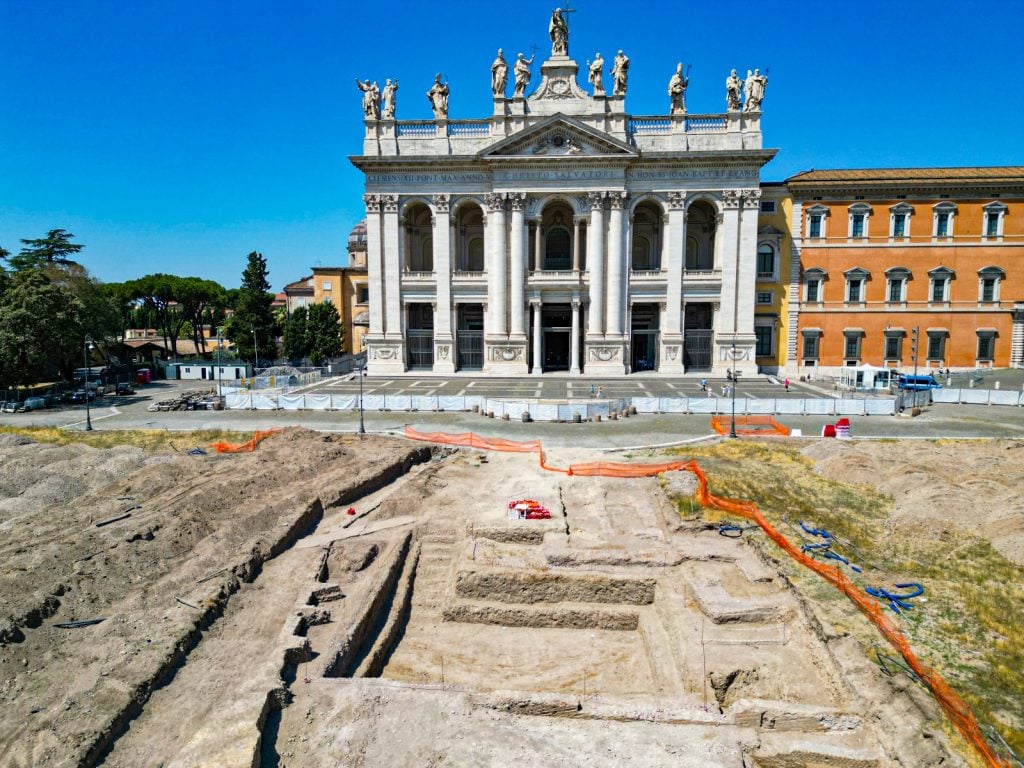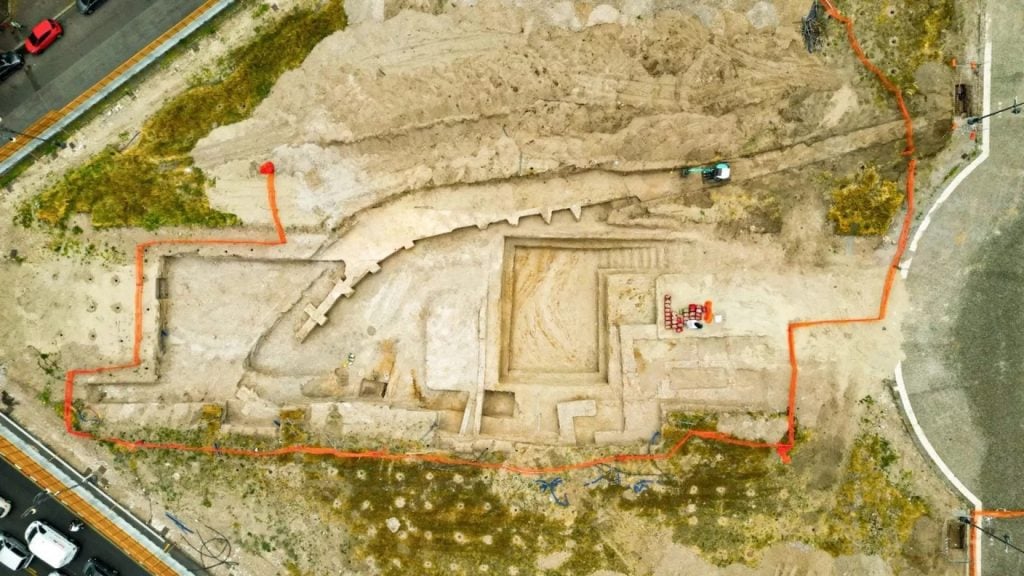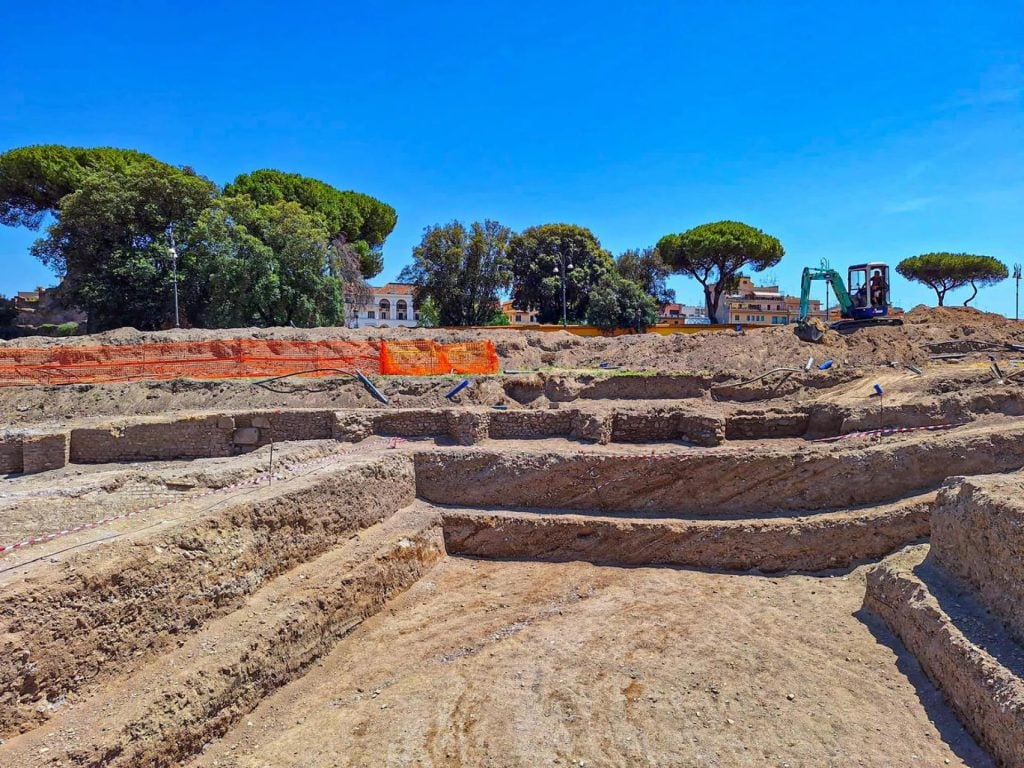Archaeology & History
Does This 4th-Century Roman Papal Palace Predate the Vatican?
The Pope hasn’t always lived in the Vatican, and may have resided here for centuries.

Infrastructural work in Rome has turned up yet another archaeological discovery: the Italian Ministry of Culture said it has unearthed the remains of a palace that may have been home to the Pope for hundreds of years, before the Vatican became his official residence.
The work was underway on the famed Piazza San Giovanni in Laterano, which contains major historic sites like the Basilica of Saint John Lateran, the Baptistery, and the 15th-century BCE Lateran Obelisk.
The dig was taking place as part of city-wide renovations before the 2025 Catholic Holy Year, or Jubilee, which expects to see more than 30 million pilgrims and tourists convene in the Italian capital. Jubilee years mark a time when Christians can earn indulgences, or remission of their sins, in return for pilgrimages or good works.

Courtesy Italian Ministry of Culture.
“This is an extraordinarily important find for the city of Rome and its medieval history, as no extensive archaeological excavations have ever been carried out in the square in modern times,” the Italian Ministry of Culture said.
Initially, the site hosted a monumental basilica, built under the orders of Emperor Constantine after he declared tolerance for Christianity in the year 313, and it was enlarged and renovated a number of times before the pope’s official residence moved to Avignon in 1305 as a result of conflict with the French.

Courtesy Italian Ministry of Culture.
The original structure is surrounded by what may have been defensive walls that could have been built from the 9th to the 13th centuries to protect the Patriarchio, as the basilica was called. At the time, Rome was subject to raids by people then called Saracens, coming from Arab regions, and there were internal conflicts over the papacy itself among aristocratic families. When the seat returned to Rome in 1377, there was no need for the protective wall, and it was demolished and later disappeared into the earth.
“The new discoveries in Piazza San Giovanni in Laterano are yet another demonstration of the richness of the territory of Rome, an inexhaustible mine of archaeological treasures,” said Italy’s culture minister, Gennaro Sangiuliano. “Every single stone speaks to us and tells its story: thanks to these important findings, archaeologists will be able to know more about our past. I would like to express my satisfaction with the commitment and passion that researchers are putting into their work. It is essential to combine the protection of our history with the needs of protection and modernization of the urban fabric.”





